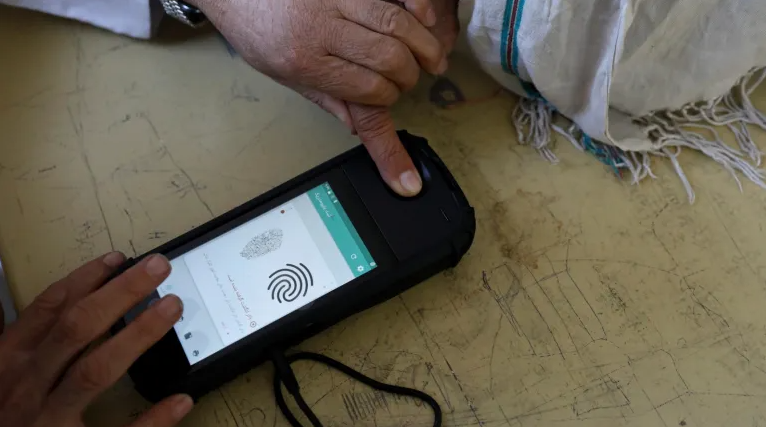
While biometric measurements offer significant improvements in security and identity verification, they are not without their share of security and privacy challenges. Careful consideration of these challenges is essential when deciding to implement biometric technology for enhancing data security.
Various challenges need attention when utilizing biometric measurements to bolster data security:
Privacy Concerns: Biometric measurements can raise privacy concerns due to their potential for tracking individuals, collecting personal data insecurely, and the risk of sensitive biometric information being exposed online during network authentication. The misuse of biometric data can pose a significant threat to individual privacy.
Vulnerability to Spoofing: In certain instances, biometric measurements may fail, for instance, when faced with masks or other deceptive means. Securing biometric measurement systems against hacking attempts and manipulation presents a challenge. Intruders might attempt to replicate biometric measurements for unauthorized access, and users may become targets for biometric data phishing.
Cost Implications: Implementing biometric measurements can be a costly endeavor, especially when considering widespread applications.
Potential Discrimination: Biometric technologies may be employed for discriminatory purposes, raising concerns about fairness and justice. For example, facial recognition could be utilized to deny individuals access to public spaces based on their physical appearance.
In summary, biometric measurements hold promise for enhancing security and identity verification, but it is imperative to understand both the advantages and drawbacks before widespread implementation. Clear communication of security and privacy policies, coupled with the implementation of robust security measures, is crucial to overcoming these challenges and ensuring the secure and sustainable use of biometric technology.
Several potential strategies exist to address the security and privacy challenges associated with biometric technology:
Advancing Security Technologies: The continuous development of more sophisticated security technologies to guard against forgery and hacking attempts.
User Education Initiatives: Raising user awareness about the potential risks of biometric technology and educating them on how to safeguard their personal data.
Privacy Protection Legislation: Enacting legislation specifically aimed at protecting privacy from the potential misuse of biometric technology.
By adopting these measures, the associated risks of biometric technology can be mitigated, fostering a more secure and private environment for its application.
Leave a Reply